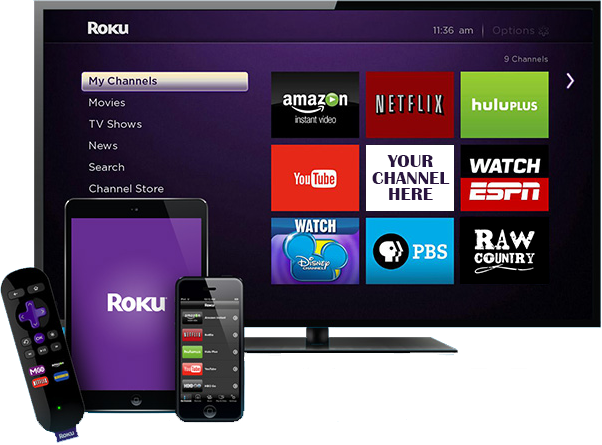More proof this week that we’ve moved beyond the infrastructure and the hardware to the point where content is indeed king.

Chris Welch of The Verge reports that Roku’s CEO Anthony Wood reveals:
“We don’t really make money… we certainly don’t make enough money to support our engineering organization and our operations and the cost of money to run the Roku service. That’s not paid for by the hardware. That’s paid for by our ad and content business.”
Earlier this year Roku admitted to earning more money on advertising than on the sales of its streaming boxes.
Little-known Roku may be positioning itself to replace television networks, as more and more viewers cut their cords.
As it flexes its muscles, Roku is toying with its UI, developing the Roku Channel that curates content from its suppliers. Wood again:
“The Roku Channel is our sort of sandbox for building a next-generation, content-first user interface. And someday, when we think it’s ready and good enough and has enough content in it, it’ll probably become the home screen. But that’s not going to happen right away.”
My take: with more and more Smart TVs coming with the Roku OS baked in, I think Roku might just come up the middle and best AppleTV, Amazon’s FireTV and Google’s Chromecast. Even though Netflix is king today, once Roku perfects their curation algorithm, it has a chance of becoming everyone’s home screen. The two problems this solves: there are too many apps to manage and there is too much content to wade through. One caveat: will viewers stomach the ads?








